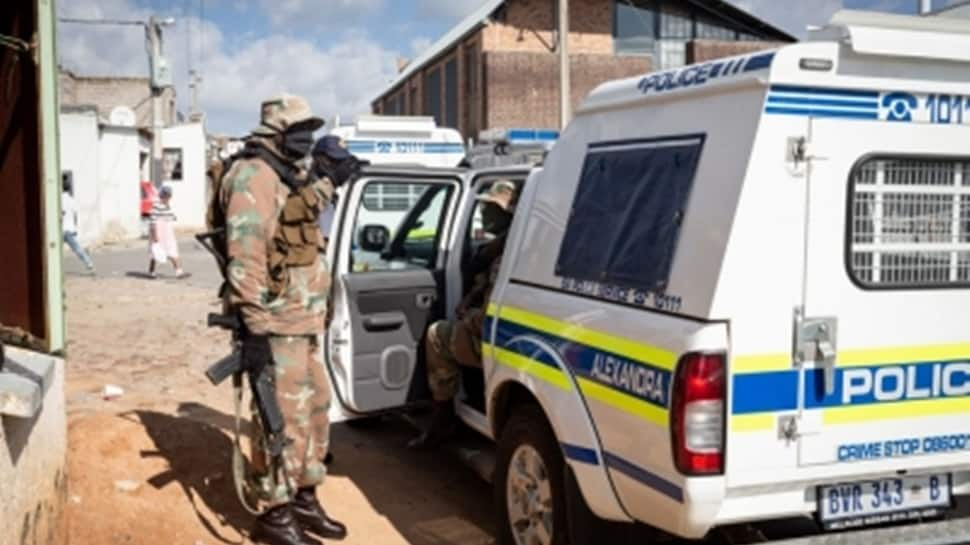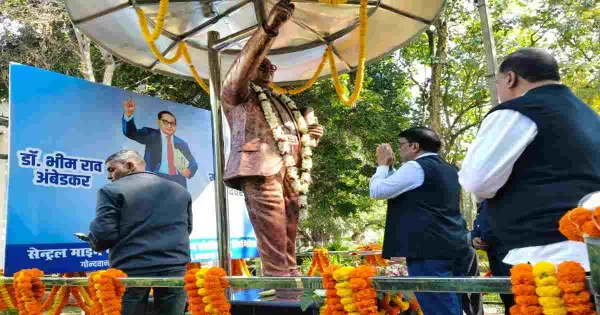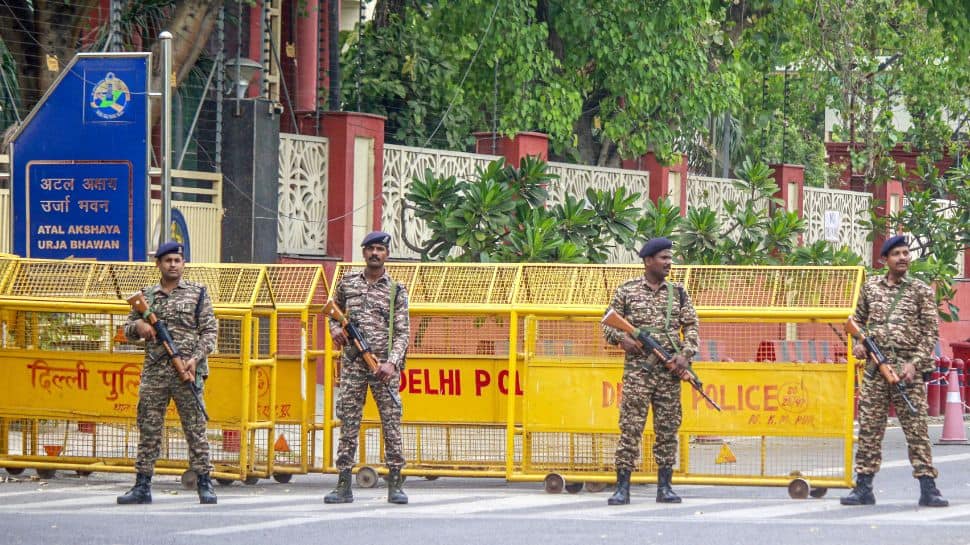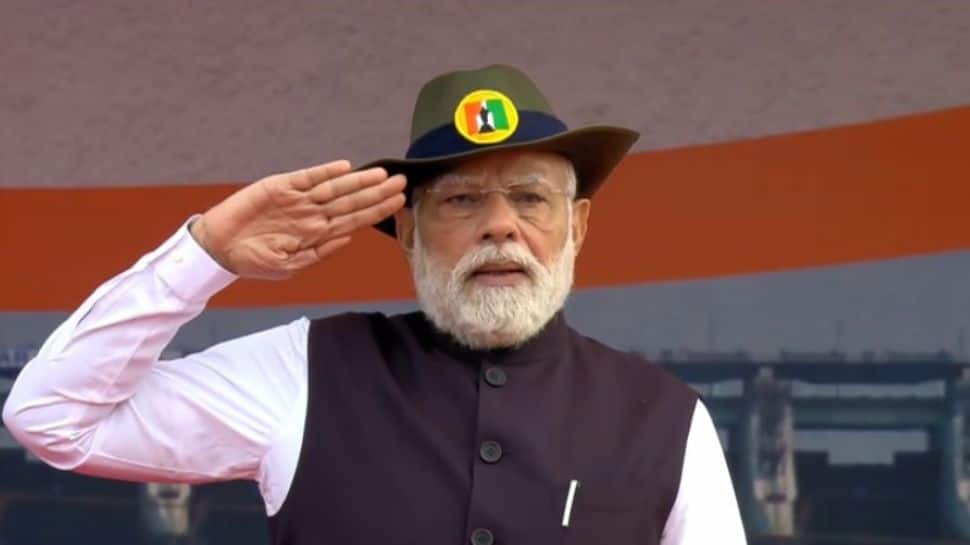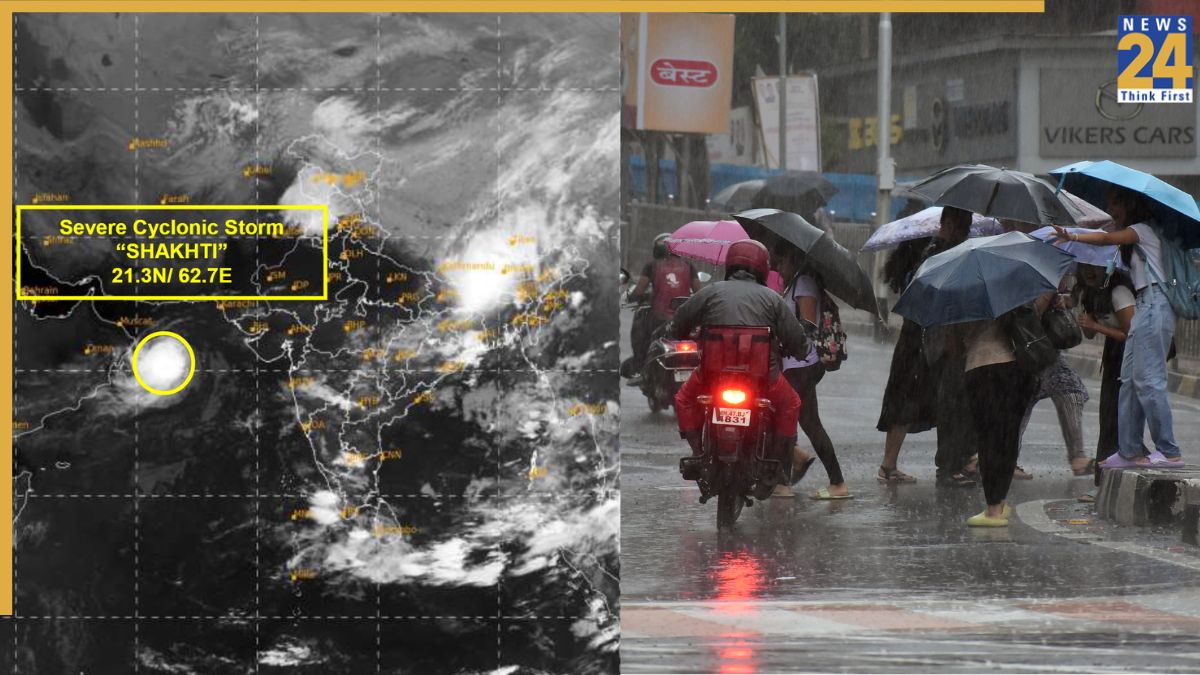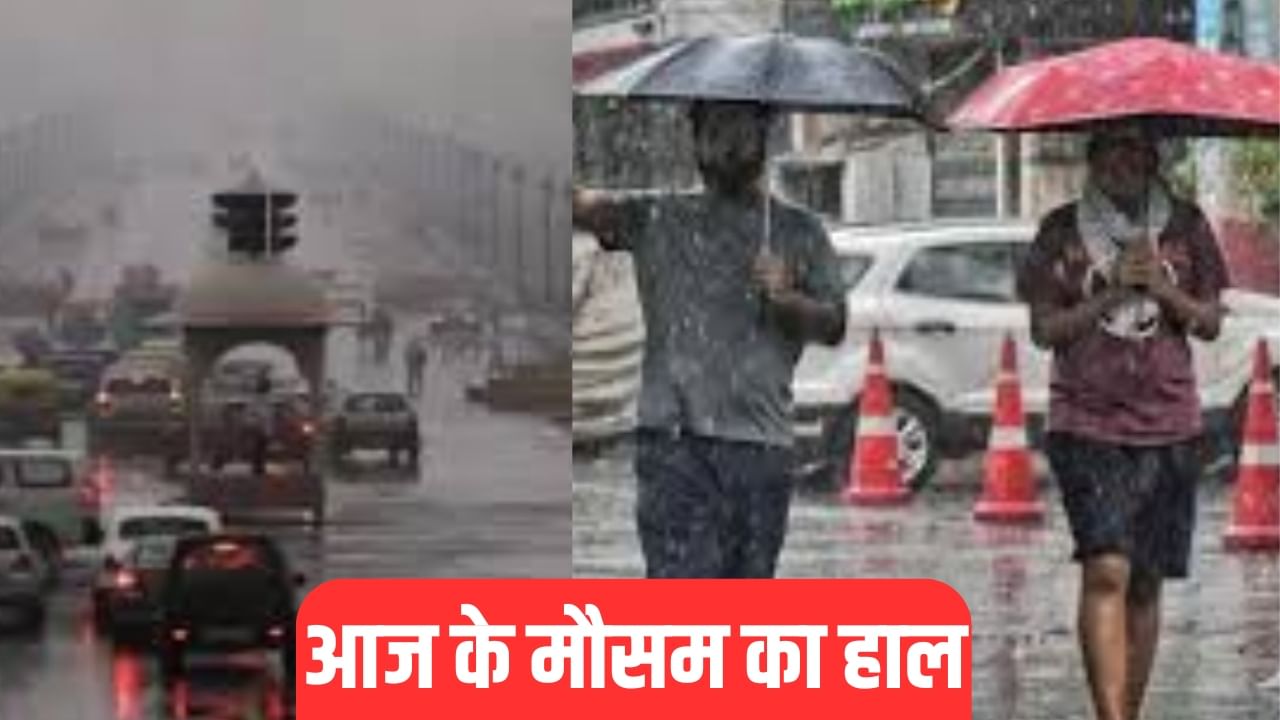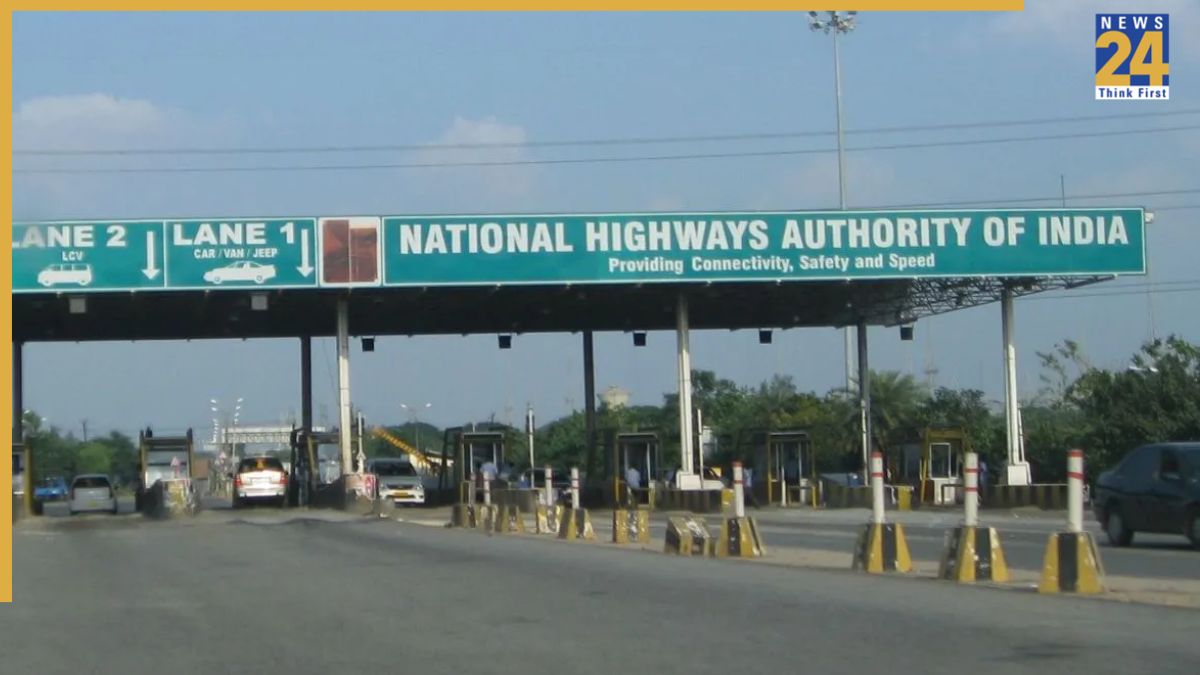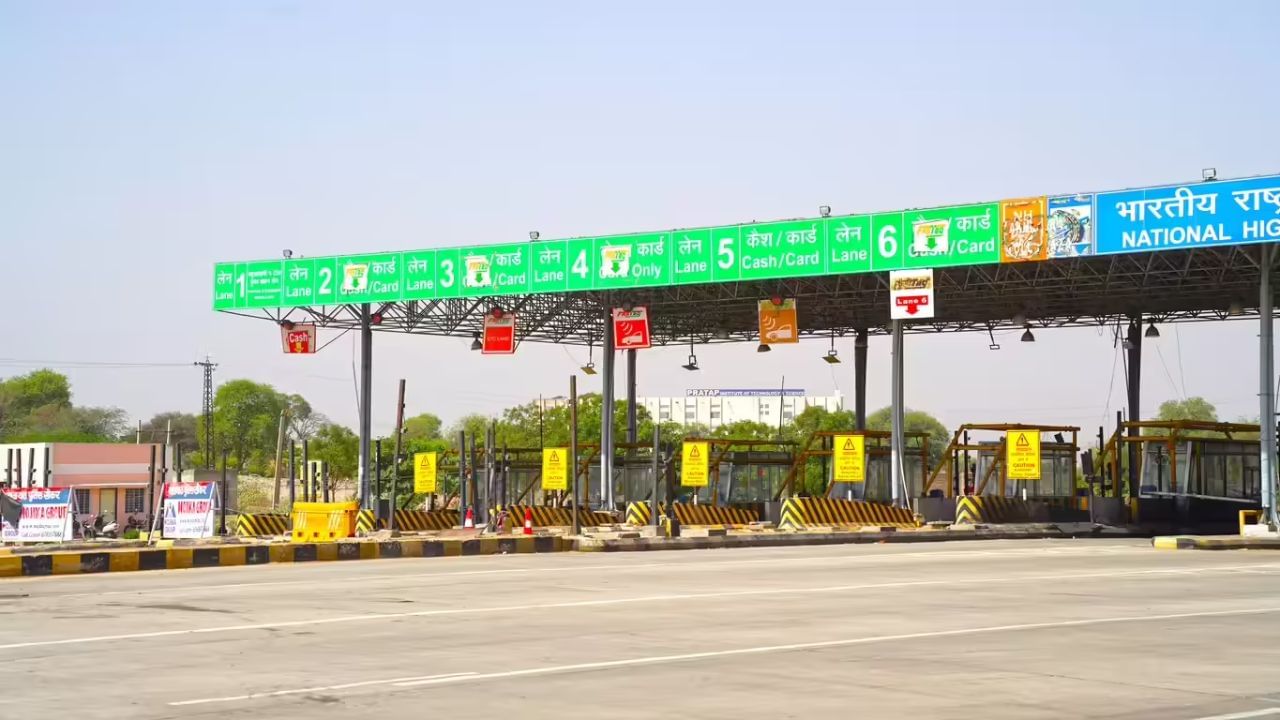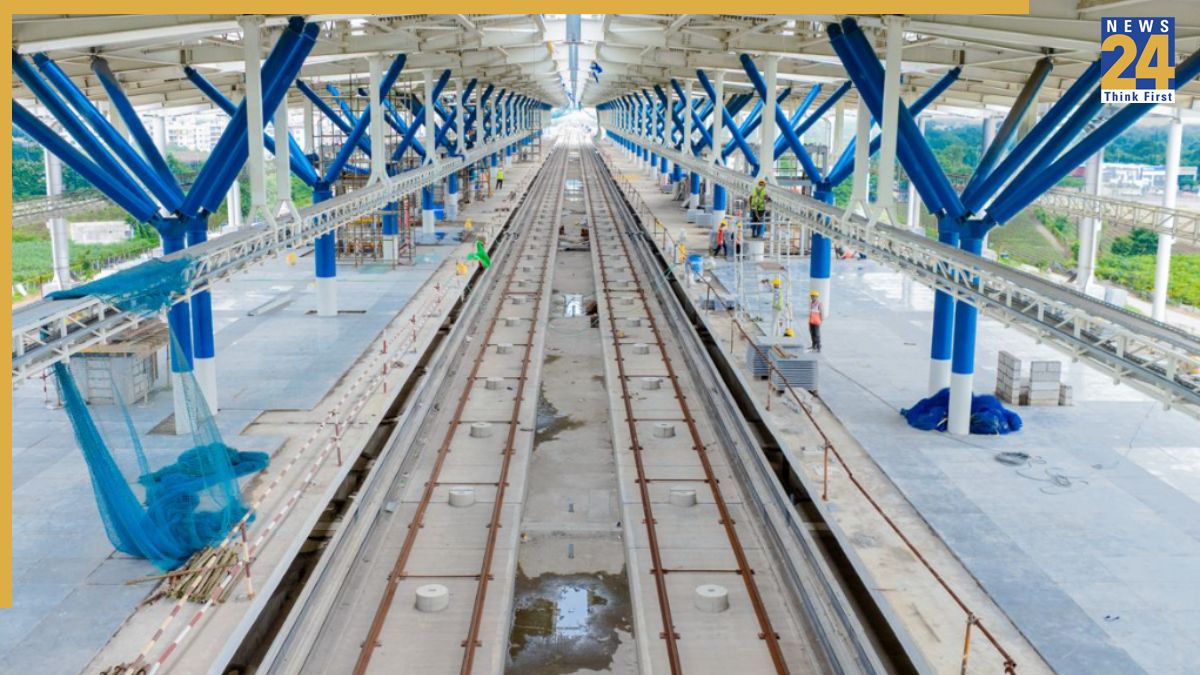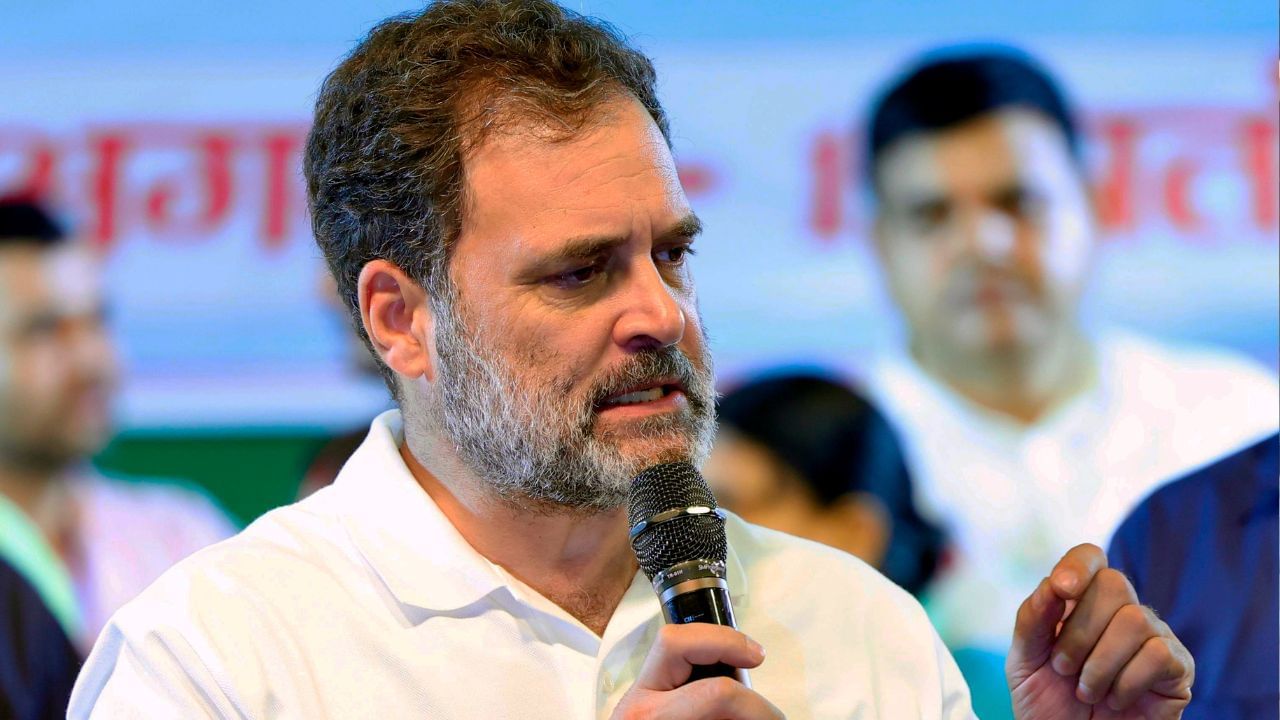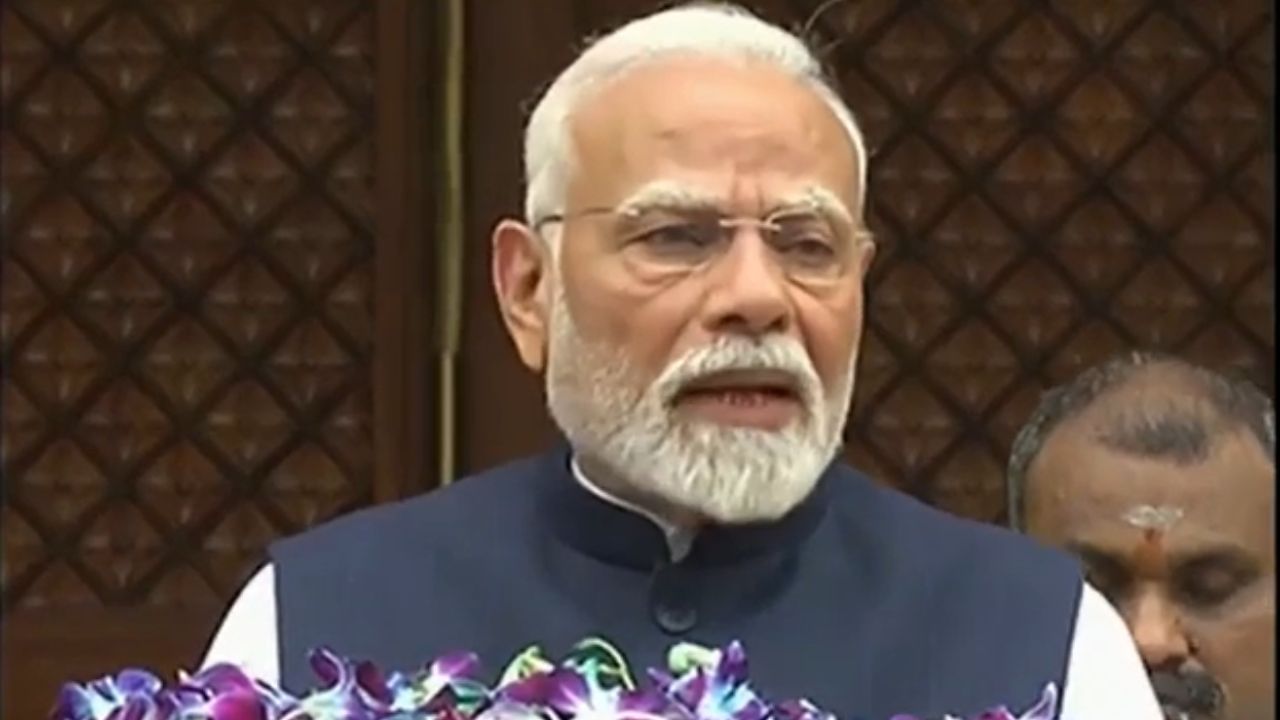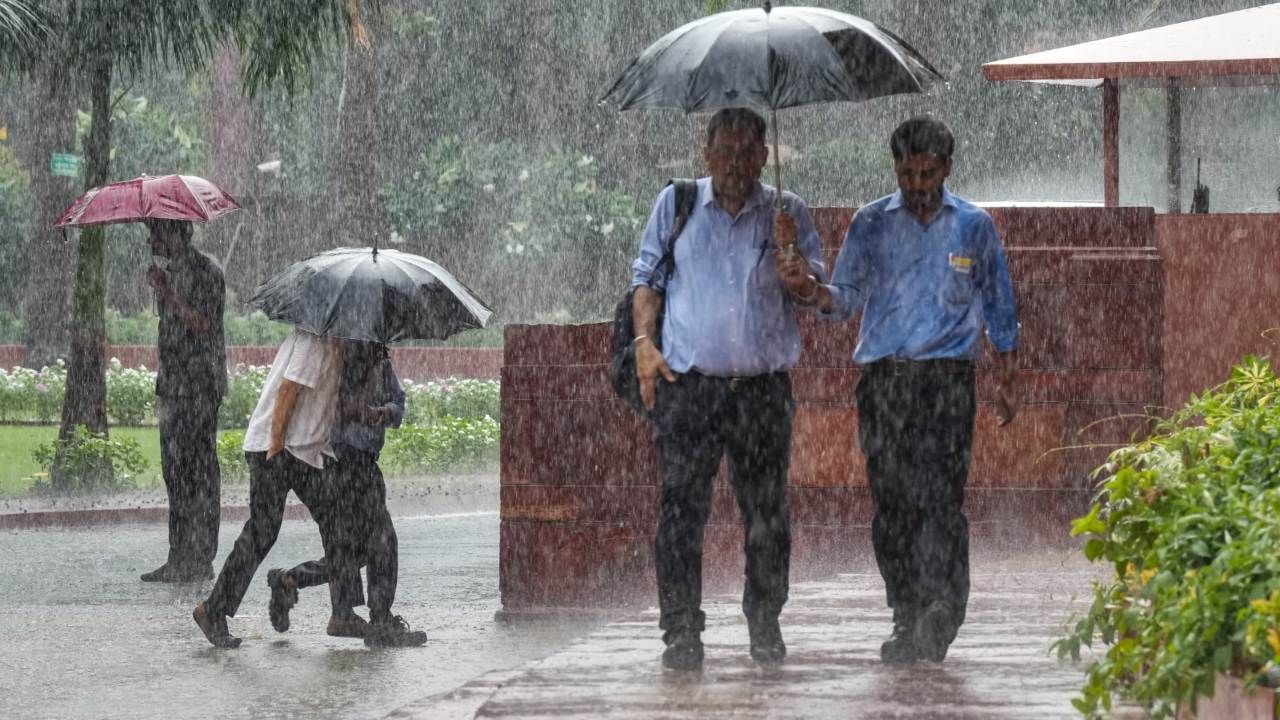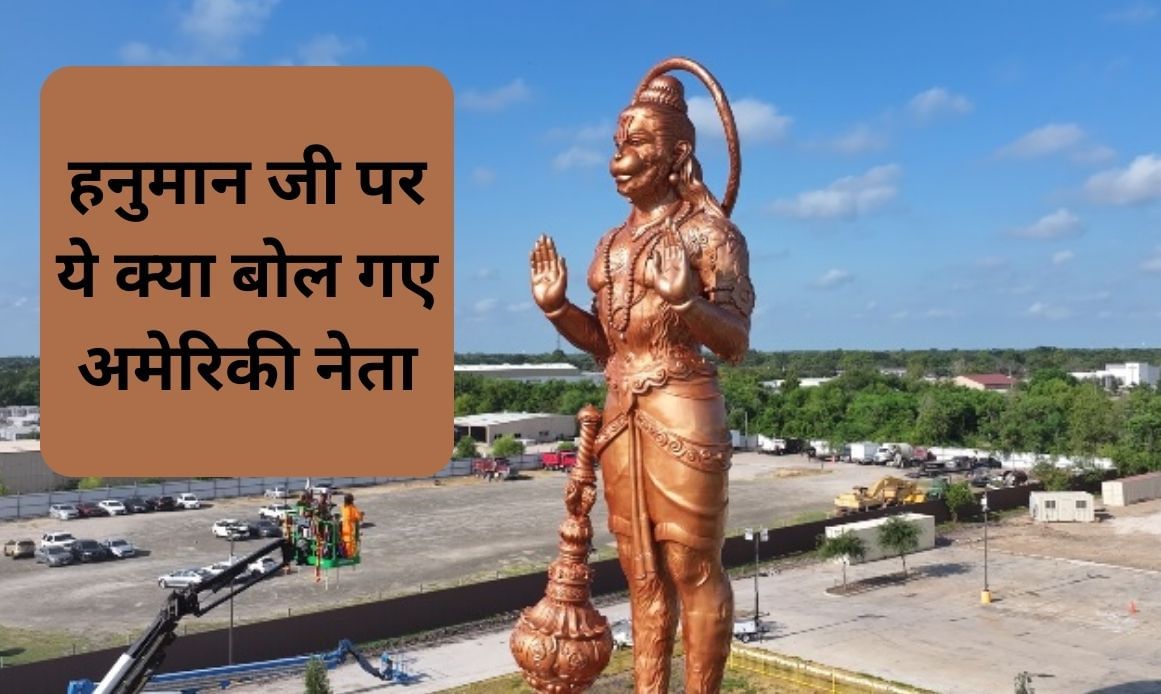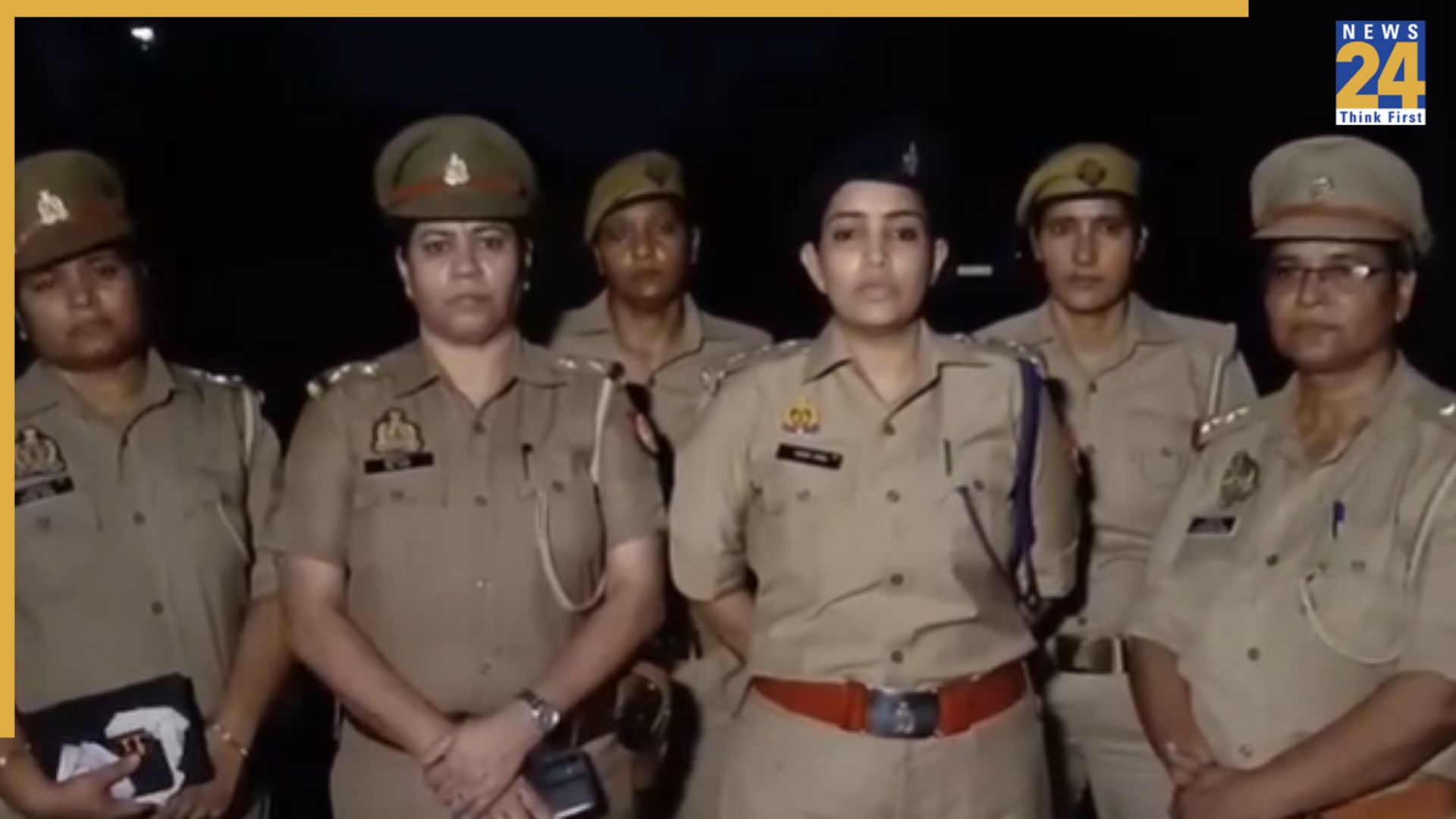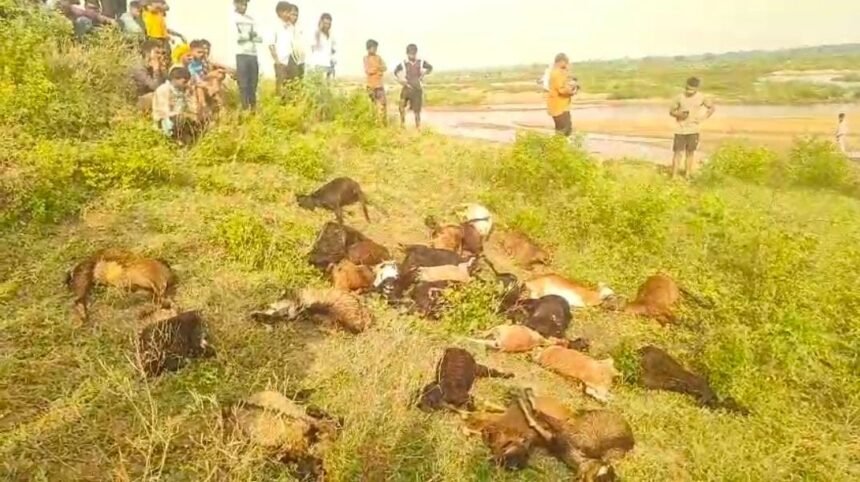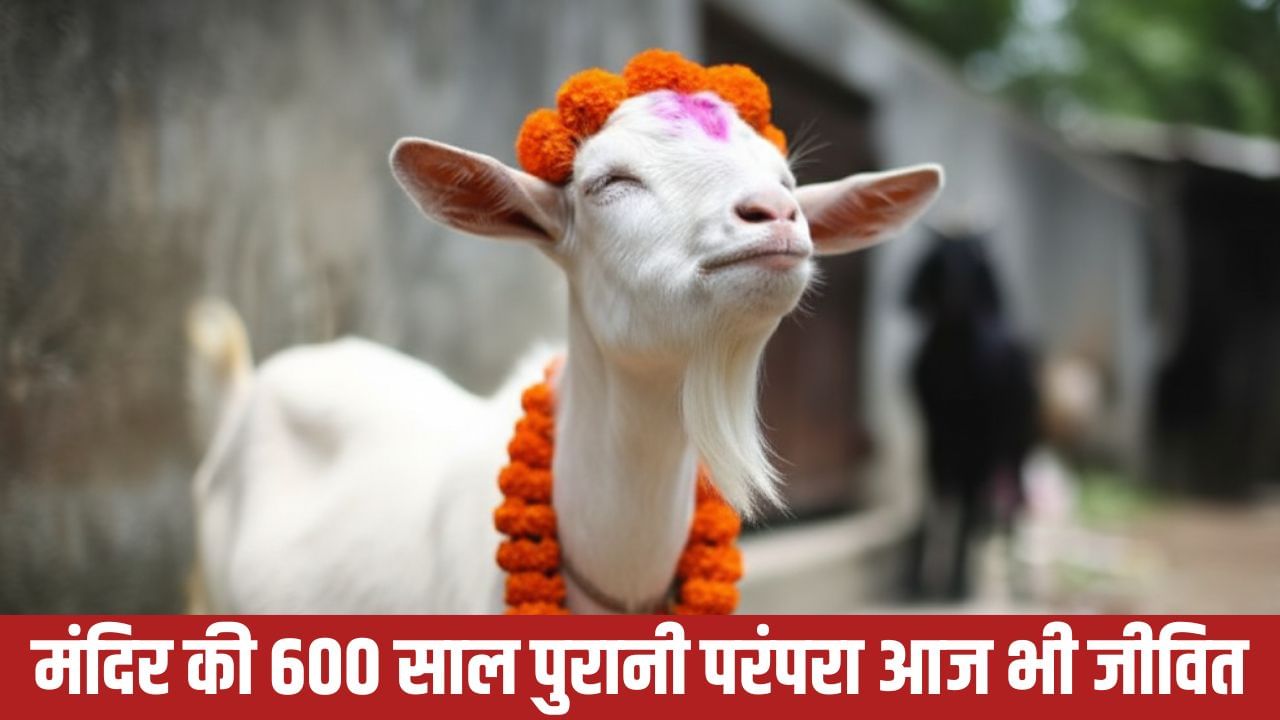Subscribe to Updates
Get the latest creative news from FooBar about art, design and business.
Browsing: Gujarat
Maruti Suzuki India has initiated the export of its e-Vitara model, with over 2,900 units shipped last month. These units were dispatched…
The Indian Highways Management Company Limited (IHMCL), an entity promoted by the National Highways Authority of India (NHAI), has finalized an agreement…
The Indian Highways Management Company Limited (IHMCL), backed by the National Highways Authority of India (NHAI), has finalized an agreement with ICICI…
The National Highway Authority of India (NHAI), through its Indian Highway Management Company Limited (IHMCL), has partnered with ICICI Bank to implement…
The Ministry of Railways announced on Thursday that stations along the Mumbai-Ahmedabad bullet train project are nearing completion. Information was shared via…
The Union Cabinet, under the leadership of Prime Minister Narendra Modi, has authorized the Ministry of Youth Affairs and Sports to submit…
Controversy has been brewing over the funding received by political parties in India. Rahul Gandhi has criticized the Election Commission following reports…
During the ninth day of the ‘Voter Adhikar Yatra’ in Bihar, Rahul Gandhi, the Congress leader and Leader of Opposition in Lok…
PM Modi Inaugurates Maruti Suzuki’s First Electric Car and Battery Production in Ahmedabad
Prime Minister Narendra Modi initiated the localized production of hybrid battery electrodes and launched exports of Maruti Suzuki’s e-Vitara, its first global…
PM Modi’s Ahmedabad Visit: Infrastructure Projects Worth Over Rs 5,400 Crore to be Launched
Prime Minister Narendra Modi is scheduled to undertake a two-day visit to Gujarat, commencing on Monday, August 25th. The primary focus of…
Prime Minister Narendra Modi is scheduled to visit Gujarat on August 25th and 26th. During his visit, he will inaugurate and lay…
Prime Minister Narendra Modi is scheduled to visit Gujarat on August 25 and 26. During his visit, he will inaugurate and lay…
A devastating incident at a food processing factory in Gujarat’s Anand district resulted in the deaths of two workers and the hospitalization…
This Company Transformed Gujarat into a Global Auto Hub, Boosting Electric Car Production
In recent years, North Gujarat has rapidly emerged as a prominent automobile manufacturing hub in India. This transformation is largely attributed to…
Heavy Rainfall Lashes Mumbai; IMD Issues Alert for Delhi, Predicting Showers Across North India
Monsoon activity has once again become active across several parts of the country. Heavy rainfall is being experienced in states like Maharashtra,…
Gujarat is poised to become a major hub for international concerts, with plans to host performances by artists like Justin Bieber, Taylor…
